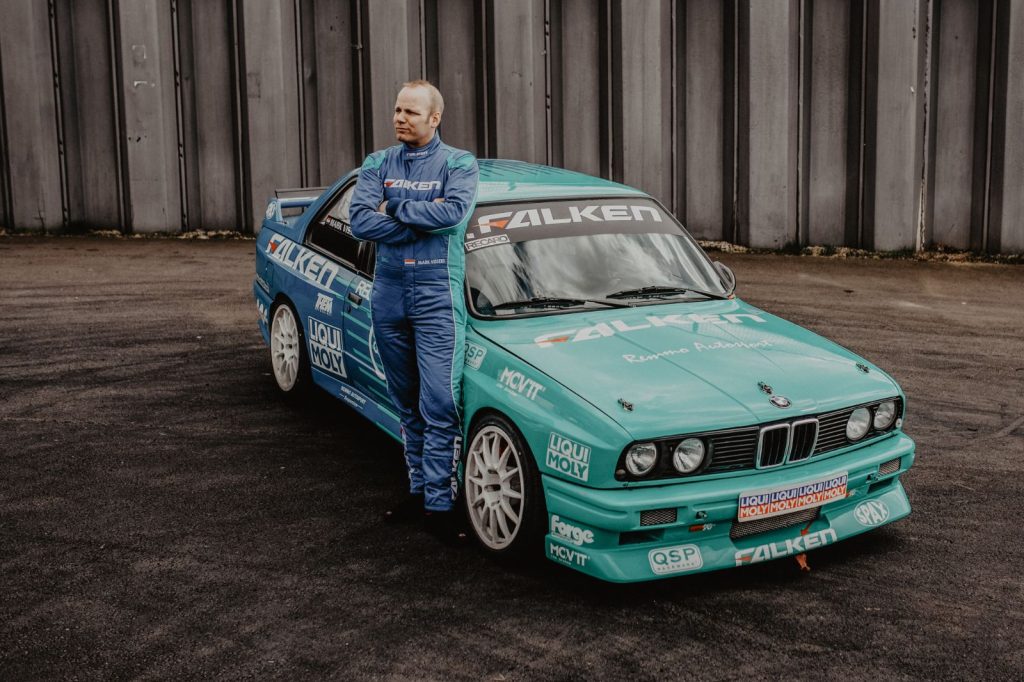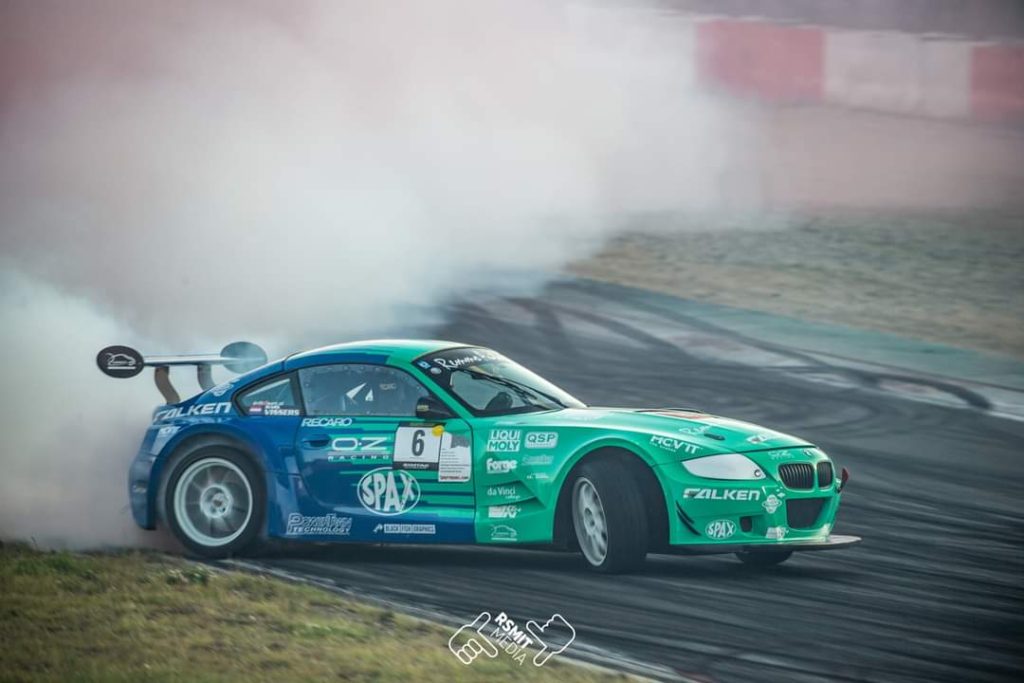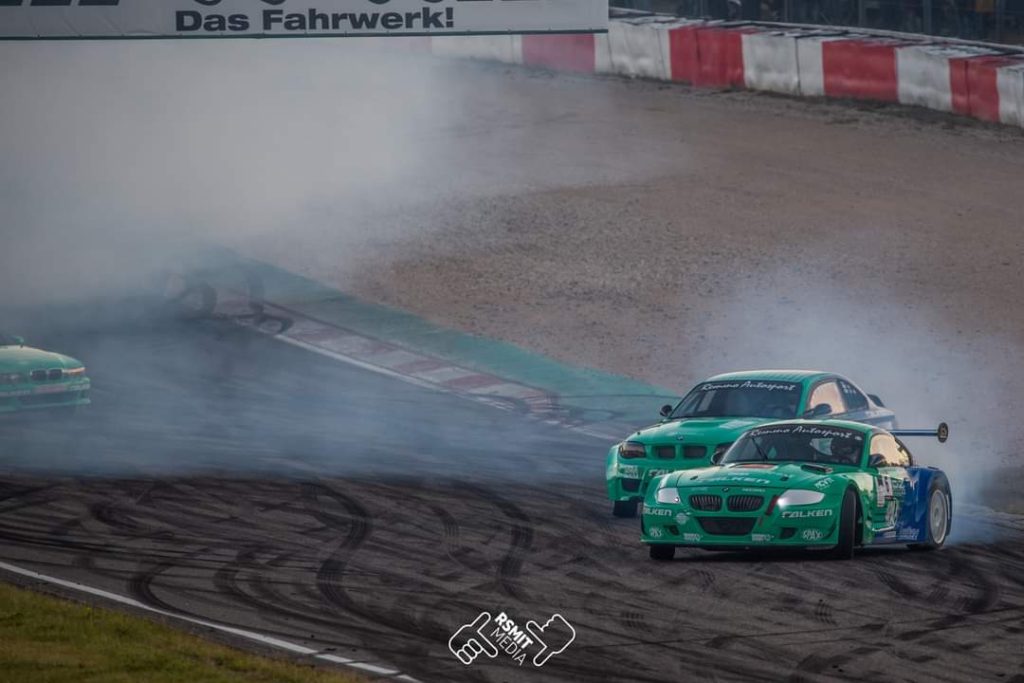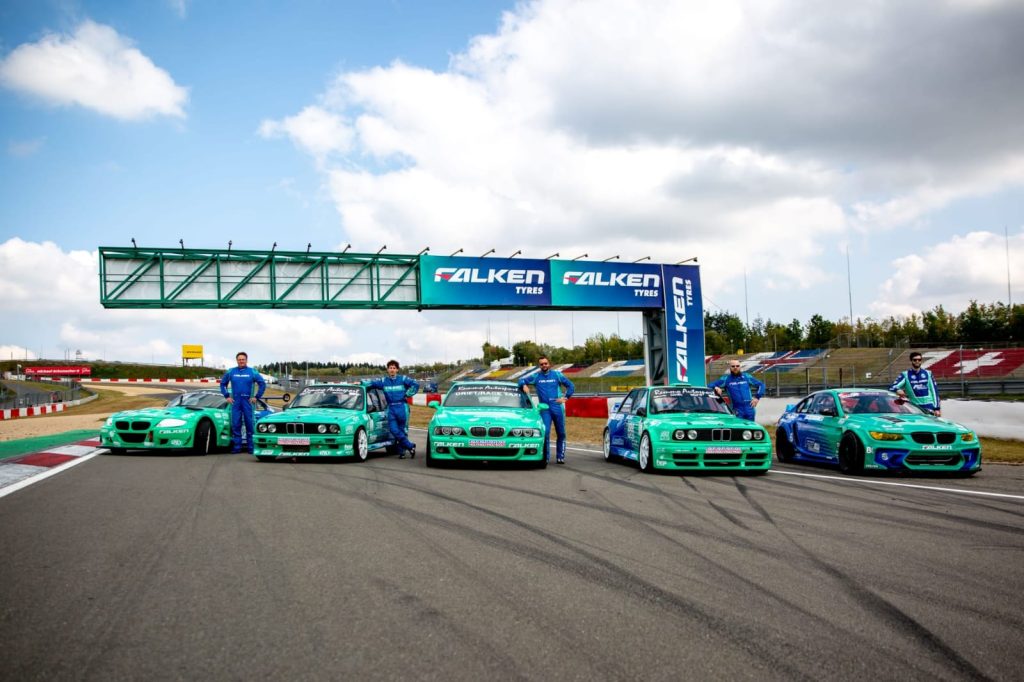Mark Vissers
Drifting is a driving technique where the driver intentionally oversteers, with loss of traction, while maintaining control and driving the car through the entirety of a corner. The technique causes the
rear slip angle to exceed the front slip angle to such an extent that often the front wheels are pointing in the opposite direction to the turn. Drifting is traditionally done by clutch kicking.
As a motoring discipline, drifting competitions were first popularized in Japan in the 1970s and further popularized by the west in late 90’s. It was started by a Japanese racing driver called Kunimitsu Takahashi who started his career in motorcycling but turned his hand to the car racing.
Drifting competitions are held worldwide and are judged according to the speed, angle, showmanship, and line taken through a corner or set of corners.
Maybe you can tell us something about yourself, how you got into drifting and who you are. Let’s start with that.
My name is Mark Vissers, I think I started drifting in the year 2006, illegally on the street, when a police officer stopped me a several different times and I was asked not to do it on the public street. Because of that I started to look for tracks where they do this as a hobby and I ended up in the drift scene, thanks to the police! And then in 2013 I became Dutch champion.
What does the drift scene look like in the Netherlands?
Well, that is actually a very short story, it’s a bit dead in the Netherlands because there are too few locations and too much is involved with environmental permits and noise pollution, which actually kills the sport a bit in the Netherlands.
Where is it really big?
In England and in Ireland, in the East of Europe, in Poland, Russia, but also Denmark and Norway. Those are the bigger countries with drifting.
Is it a bit similar to Tokyo Drift?
It’s nice for the people who ‘know nothing about it’, but the reality is very different. It’s officially not allowed on the street, it’s illegal as hell. Only Tokyo Drift is a lot of spectacle and if we were to do the same thing on the track or on the street, you would have to change tires, like 24 times. So it’s not quite real, but it’s spectacular on television.
You are talking about tires, are there special tires or are they normal car tires?
If you are going to train, or if you do it as a hobby, then you just do it with street tires, which are of course a bit cheaper. But as you progress further, you become more professional, want to create more grip and get more out of your car, go even faster and with softer tires you can do so. Of course the price becomes more expensive, making the total cost unaffordable for some guys. So yes, the tires do play a big role in this sport.
Can you do it with all cars? What requirements does a car have to meet to be able to do this?
Every drift car must have rear wheel drive and then more power as a standard car. I’m talking about, to make it easy, 300 horsepower or more. But on some race cars it can be up to 1,000 to 1,200 horsepower and as I said rear wheel drive is a must. It changes the steering angle of the cars, giving us more control in a bend and then of course all safety measures, a roll cage, special seats, a helmet. So there are still a few things to consider.
Are the chairs custom made?
You can often get sports seats in different sizes, so you can try which seat is a better fit.
Do you also have protection on your body?
We are actually stuck with the body in a chair, so we can’t really go anywhere, but we do wear fire- resistant overalls and of course shoes, helmet and gloves are mandatory. All this to prevent burns.
The shoes, are those special ones?
These are very thin shoes, shoes with very thin rubber, to get more grip and feeling for your pedals and also fire retardant of course. We do have petrol and oil on board, if that catches fire, then it must be at least, from the top of my head, 20 seconds fire retardant, fire suppressant. So there’s a lot of technology and know-how in that too.
How do you become Dutch champion?
Becoming Dutch champion is actually having a reliable car, so you don’t drop out of the race, that you can score a maximum at every race, or at least a lot of points and drive all races anyway, that is often also a thing. And of course have the necessary skills to defeat your opponents.
What does such a competition look like? Is there a course you have to follow?
It’s a pre-marked course, by a jury, clipping points are indicated, which means that you have to steer as close as possible to an indicated clipping point with the front or the back of the car. That is done at high speed, with the car always sideways. The car may never drive straight during the course, from start to finish. Because if you drive straight, you have a zero score and you are disqualified. And it a necessity to get from A to B as quickly as possible, so a bit of speed also plays a part in this.
How does the race itself looks like?
Qualifying, you do that alone. You have to set up a run as nice and smooth as possible, as straight as possible, preferably smoke your tires as much as possible and when you enter the race, you have to drive against a competitor, a battle. Then you always drive with 2 people on the track and the front driver tries to drive the ideal line on the marked circuit and then the follower has to try to stay as close as possible to that. Preferably at a close distance and then he also has to follow the line that the predecessor drives. When the first run is over, you turn the car around, the one who drove in front then drives behind and whoever has the most points on both runs, that one is the ultimate winner and that one then goes on to the next round till the last 2 out of 32.
Can you drive a car like this on public roads?
In general the competition cars are not allowed on the street because you strip as much as you can. Everything we don’t need goes off, like maybe headlights, a heater in the car, turn signals, that’s all extra weight and that makes a car not approved for the street anymore.
What is your preference for a car to race in? I would go for an Audi RS6!
That is a 4×4, that’s a completely different branch of the sport. In our sport, there are also people who do it with a 4×4, but that’s actually a bit of fun, a bit of show so to speak. They will therefore not participate in a competition.
In my ‘drift career’, I’ve always wanted to drive a bit of a different car, which no one else has. 80% of the drifters, both in the Netherlands and abroad, drive a BMW because almost every type of a BMW can be used as a drift car. But on the other hand, you have 80% in the field with the same car. I don’t have much with that, to drive with the rest of the herd, I’ve driven strange cars all my career, so everyone knows and recognizes me, which was not always good (laughs). I drove a Volvo 360, a smaller car, but a very good one to keep up with the competition.
If younger people want to do this too, how can they make their dream come true?
There are quite a few courses that are given, in the north of the Netherlands, such as in Emmen or Lelystad. There are quite a few courses given for the younger generation where you can participate with a street car. You can then practice or play for a day and you are guided throughout the day to master the skills and from there perhaps move on to maybe become a competition driver. There are possibilities, but it just takes a lot of practice and eventually trying to build your own car.
How dangerous, or safe, is this sport?
The sport itself is safe, there is, as with all sports, a percentage of risk that can always go wrong. But a lot of safety measures have been taken in the sport, a roll cage in the car, fire-resistant overalls, seatbelts are mandatory, a fire extinguishing installation. Of course you can never rule out the possibility that something serious will happen, but we are prepared for the biggest accidents. Fatal accidents have never happened in drift sport to my knowledge. We all have damage to our car at some point in our career, I don’t think I can name anyone who has never suffered a scratch or a dent, but to my knowledge there have never been real casualties.
You mentioned that you build your own cars?
It’s either that or you must have a lot of money that you can have it done. But it’s actually a must that you are able to build and maintain your car yourself. Firstly, of course, it saves you a lot of costs and secondly, you can build something that someone else doesn’t have. You can build engines in different ways these days, we are talking about cars with roughly between 600 and 1,000 HP and then they work with turbos or with superchargers and then all from 6 cylinders or 8 cylinders.
I had read that soon V8 engines will no longer be allowed to be imported into the Netherlands and Europe?
That’s right, they are all concerned with the environment, that’s why they want to make all engines smaller and more efficient, but that has a negative effect on our sport because the motor, which you
start with to further increase the power, is what you want as high as possible, so that you can continue tuning from there to a reliable amount of horsepower.
Are there any standards you have to meet? Like in F1 racing? Do all cars have to have the same horsepower?
No, you’re basically free to join with any car you want. You can make it as crazy as you like, if you want to ride seriously in the top, then you will also have to buy serious tires and have to have a serious engine, if I want to be able to race against guys who have 1,000HP. If you are driving a 100HP car and you have to drive away against someone who has very wide rear tires, with very soft rubber, with a lot of grip, driving on a straight road, you can’t keep up with your 100HP. There is a lot of technology in it, but your car certainly also plays a role in improving your driving skills, so to speak.
And skills? I think if I get into a 1,000HP car and you get into a 100HP, you’re still going in circles around me.
Now maybe, but if you’ve been driving a few times, I’m sure you’ll drive away from me anyway. The start, towards the first corner, is just speed. If you are 500 meters ahead of me with a 1,000 HP car, I can’t catch up, no matter how I do it.
How many hours a week do you train for this?
It used to be a lot, I tried to drift somewhere every weekend. Both on Saturday and Sunday, but since I’ve been out of the competition, I only ride demos, in Germany and the Netherlands, so it’s limited to riding once a month or so. Demos are usually for a car show, or for a race event, like the tracks in Zandvoort or anywhere really. We are then asked if we want to entertain the public, to go around as much as possible.
Is it harmful to your body, the G-forces?
The G-forces are not that bad, because your front wheels have grip, your rear wheels don’t. The rest of the powers, you have to have some stronger arms to hold the steering wheel and you have to have fast feet to do the footwork with the left brake, clutch, downshift, handbrake, but really physical no, it’s a lot thinking and very fast reflexes. If you are the second driver behind someone and you see someone making a mistake, you have to be able to anticipate it within tenths of a second, not to cause an accident or collision.
Is it a difficult sport to get sponsorship?
Yes, pretty much. A lot of companies nowadays are focused on the environment and things like that, and drifting is not really, like, what an environmentally conscious sport you are doing.
Do you have to put a lot of money into this sport?
The first car I built myself and came completely out of my own wallet. Right now, I have a sponsor who pays for me to drive their car. They just hire me to drive a demo, that is a big tire sponsor called Falken.
I actually used to get sponsored, but those were are all local guys. Like a supermarket who says: Come and get a few sandwiches on Saturday morning, that is of course also a part of sponsoring. In general it’s
quite difficult. To knock on the door of large companies as Mr. Nobody and say: ‘I want to have a car sponsored for 100,000 euros’, that’s a completely different story.
When I became Dutch champion in 2013, I was rather naïve with the thought: I am now Dutch champion, the sponsors will come to me. I’d sent quite a lot of letters to larger companies about who I was, I only got 3 responses back and they were all negative. It is of course also a very strange sport to get a sponsorship deal. Take for example a tire manufacturer who advertises by saying we have a lot of grip on the street, in wet weather, they last so long, they are cheap and what do we then do with the tires?? We smoke them in two minutes. That is of course not the image they want to have.
What budget do you have to think about to have a very good drift car?
My sponsor has built a car, he wants to drive it in the competition in Europe next year and if you really want to drive at the front then you should think of a car worth more than €100,000.
Those are serious amounts, I can never pay that as a private person. Even with sponsors, for me it is no longer possible to keep up with the big guys with my car.
And technology, how fast is this changing?
The technology and everything around it, the tires, the gearboxes, it all changes so fast. The prices of the stuff have also become so much more expensive that you actually need serious sponsors if you want to be able to compete at a high level at all.
Do you run on diesel or petrol?
I think 99% of the field drives petrol, more and more diesel drift cars are being built, but they are still a minority.
Is there much difference between diesel and petrol?
The world of tuning in the diesel cars is still a bit, how to say, not very much is known about it to create reliability. A diesel will undoubtedly be on the rise again, but I don’t see that happening in the first few years.
Can an electric car do this?
They are working on that, there are even a few electric drift cars. Only a drift car is expected to have so much power in such a short time, that the batteries can’t actually handle it. So basically every run they have to replace the batteries and in big races you only have 5 minutes between runs and in 5 minutes you can’t get the battery changed. Theoretically it would be possible, but in the competition it is not possible yet. But no doubt that will come in the future.
Do you have people you look up to, an idol? Are there any legends in the drift world?
The man who sponsors me in his car, he used to be a Dutch champion that I looked up to a lot, he eventually asked me to come and drive in his team, that’s Remmo Niezen, he has his own company in motorsports, he builds also drift cars. And in the European team there is a guy and he is world champion I admire a lot and he is also in my team, that is James Deane from Ireland.
What is your team’s name?
European Falken drift team.
How do you become world champion?
Just be a little bit better than the rest in everything, just a little more car control, just a little more skills, just a little more daring and having the right stuff. Of course it also has to do with the endurance of the car. If you have a car that has been adjusted to the maximum and that breaks down in a race as a result, then you obviously miss important points. The pro cars are actually all stand-alone computers, which are specially tuned and edited.
That is all high end stuff.
It is really very serious stuff with a lot of guys behind it with know how, you have to pay for that too, to gain their knowledge.
What does a team look like? Is it like racing a car, someone does the tires? Do you have a coach with you?
You always have mechanics with you, it depends on how much you can afford, how many you have, those guys also want to earn some money. You also need someone to take care of the other things like food and drink, I like to take my wife with me all the time. The team sponsor also has his friends there to change tires, to help, you name it. And in the races themselves we often also have spotters on the side of the track, who can tell you while driving ‘you have to get closer’ or ‘you have to drive faster’. There is someone talking to you while you’re driving. Ultimately it’s only one person who has contact with you. If several people start talking, it will become too busy in your head and you will make mistakes. The people who then have to talk, also have to talk quietly because you are very concentrated. We often agree in advance, a kind of code to be able to pass on, to change or adjust things, so to speak.
What does your future look like in drifting?
My future, as it stands now, will remain as it is for the time being, with prices of the car and with everything, the costs nowadays, but I am where I want to be. They hire me, I get to drive someone else’s car, I get to go to very nice events all over Europe, I don’t have to worry. Actually, only if I damage the car, I have to fix it, but I’m quite handy at that. But for the rest it is actually easy, I no longer have to maintain the car, I do not have to refuel, so to speak. One less worry for me!
http://www.driftrebel.com/ https://www.instagram.com/falkentyres__drift_team/?hl=en https://www.facebook.com/TeamFalkenDrift/
Our products
-





Compressport – Seamless Zip Sweatshirt – Men
€90.00
Select options -




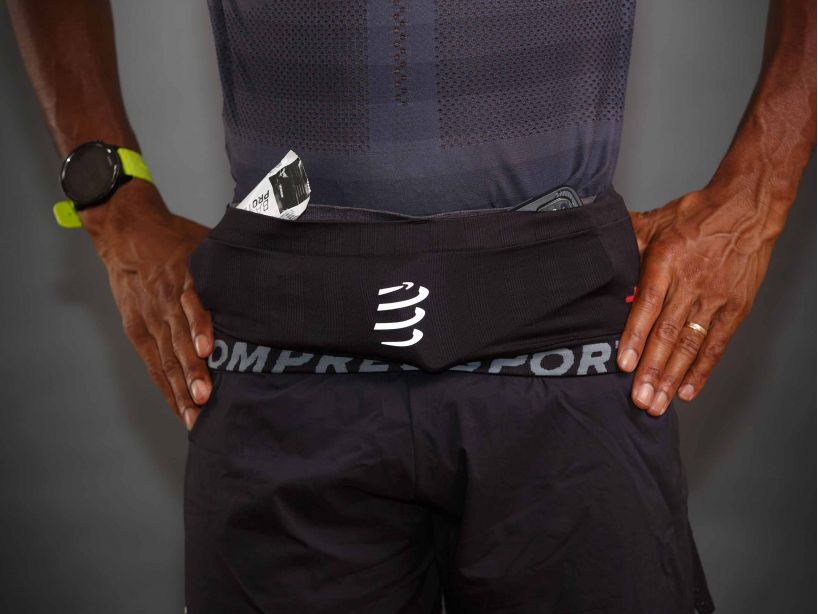
Compressport – FREE BELT FLASH
€40.00
Select options -





Inov8 F-Lite G 300 Men
€165.00
Select options -





Fastpackher 30 – Fog (women)
€180.00
Select options -
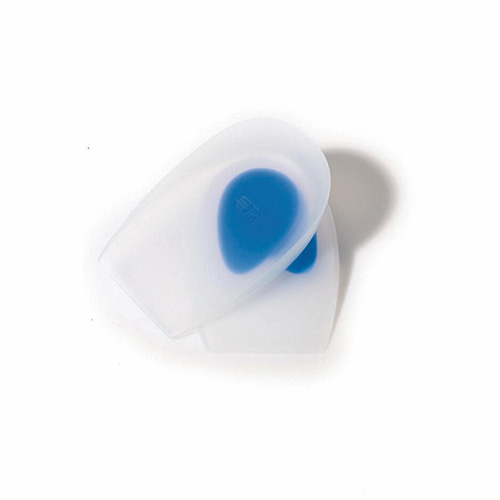


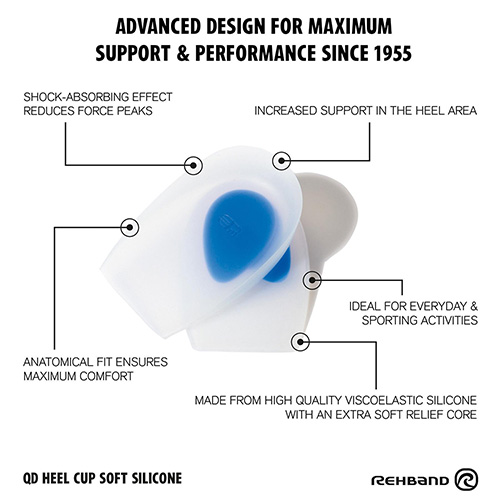
QD Heel Cup Soft Silicone
€20.00
Select options -




Adventure Food Gulyás
€5.95
Add to cart -



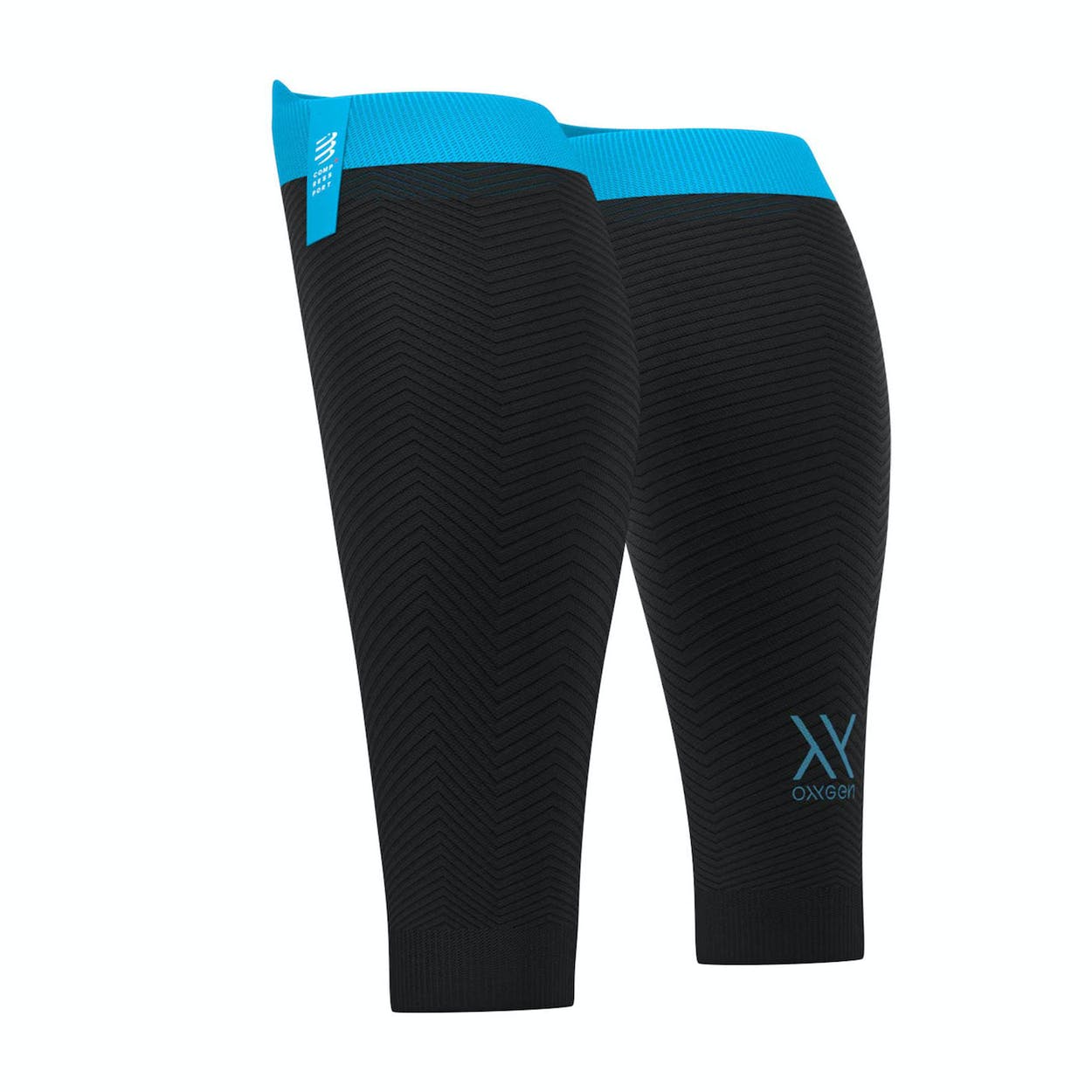
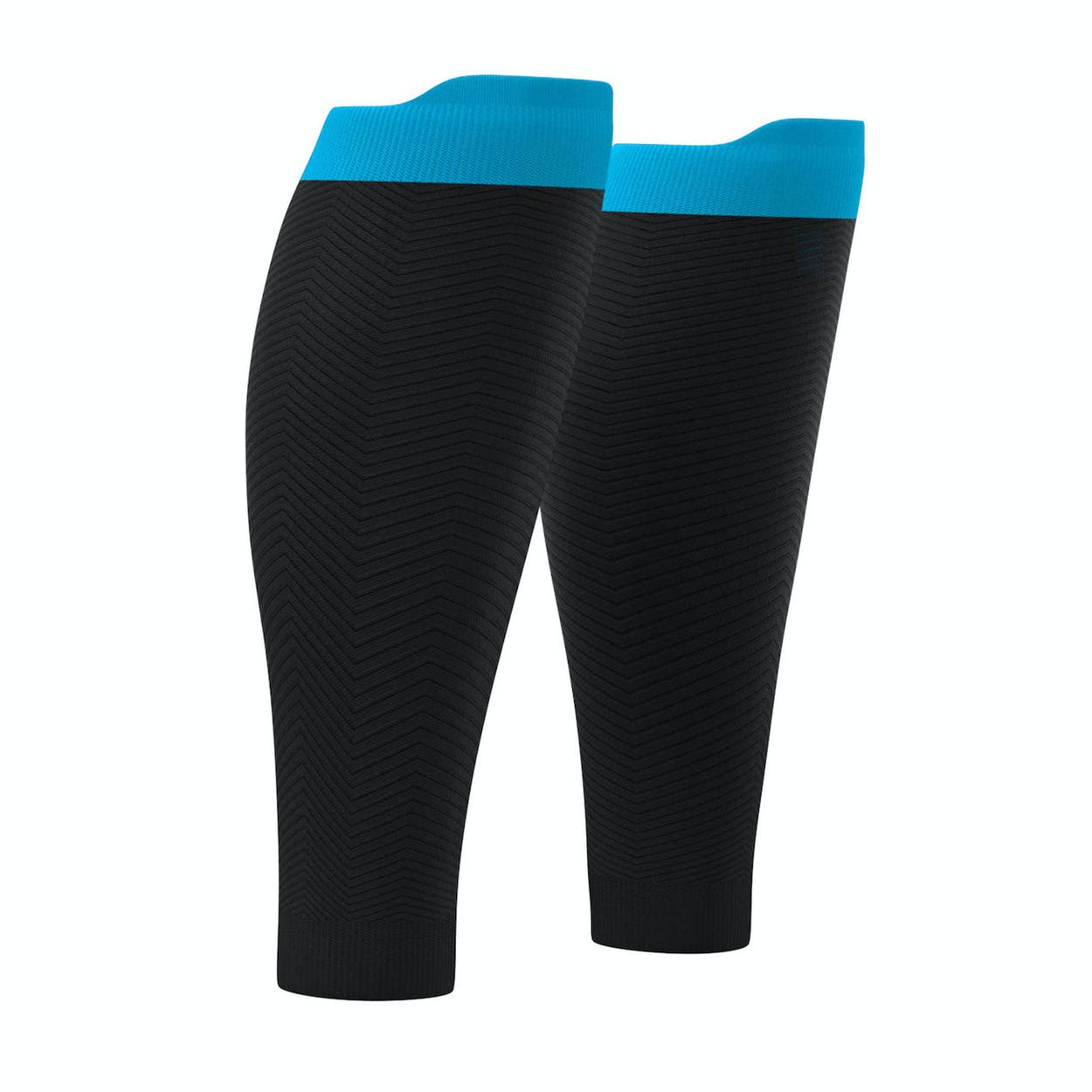
Compressport – R2 OXYGEN CALF SLEEVES WHITE
€50.00
Select options -




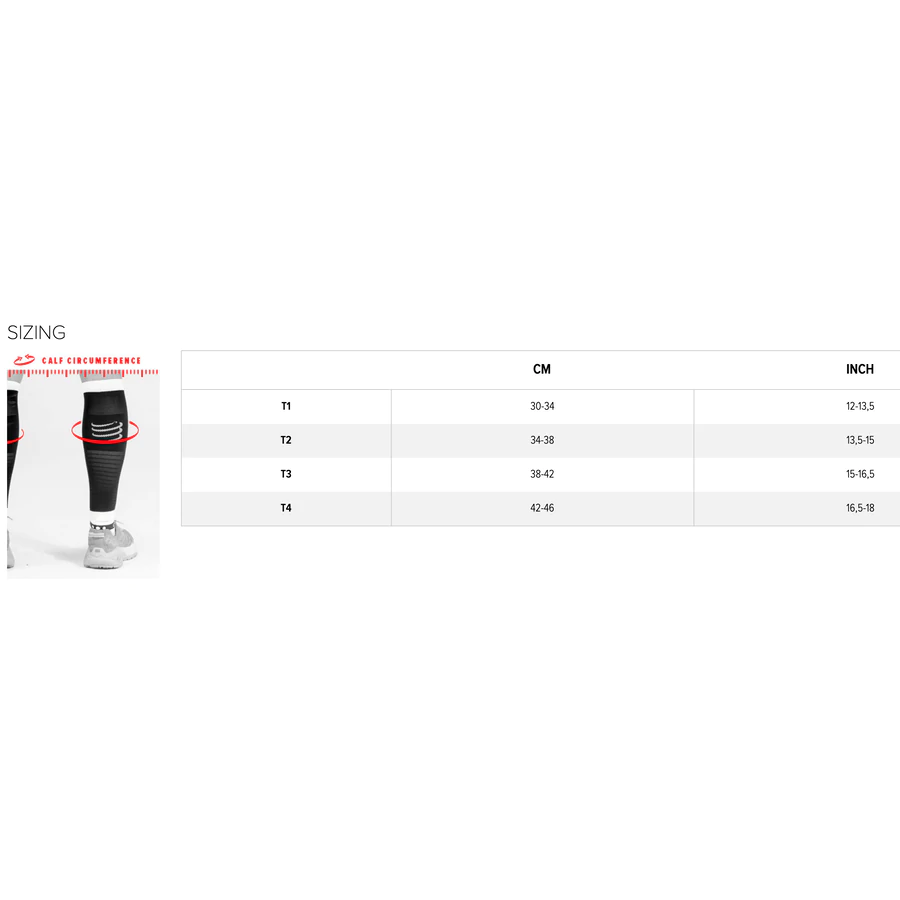
Compressport – R2V2 CALF SLEEVES
€35.00
Select options -

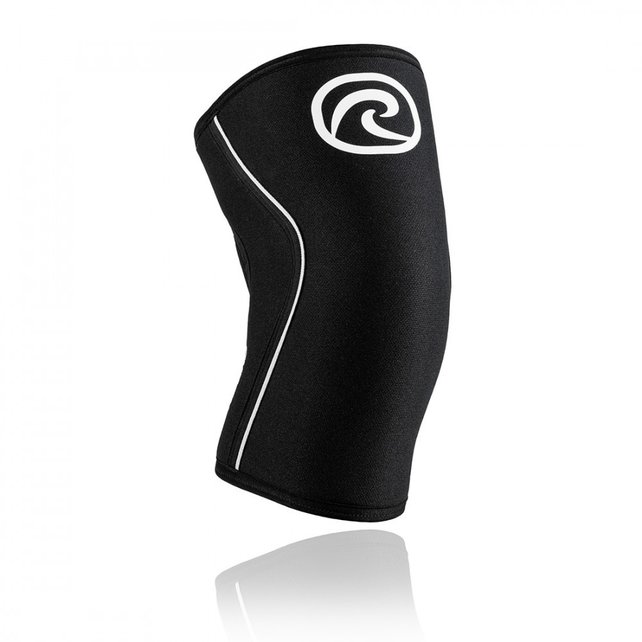



Rehband – RX Knee Sleeve Power Max 7mm
€40.00
Select options -
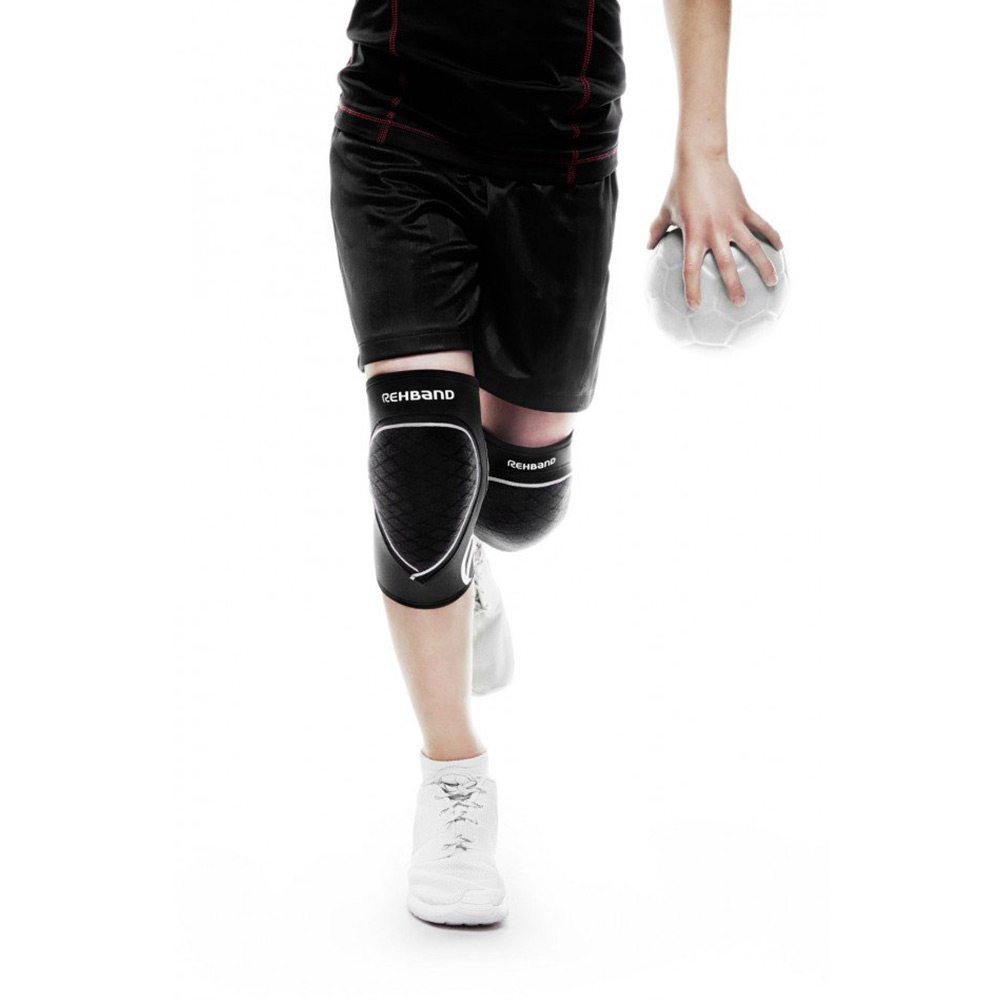



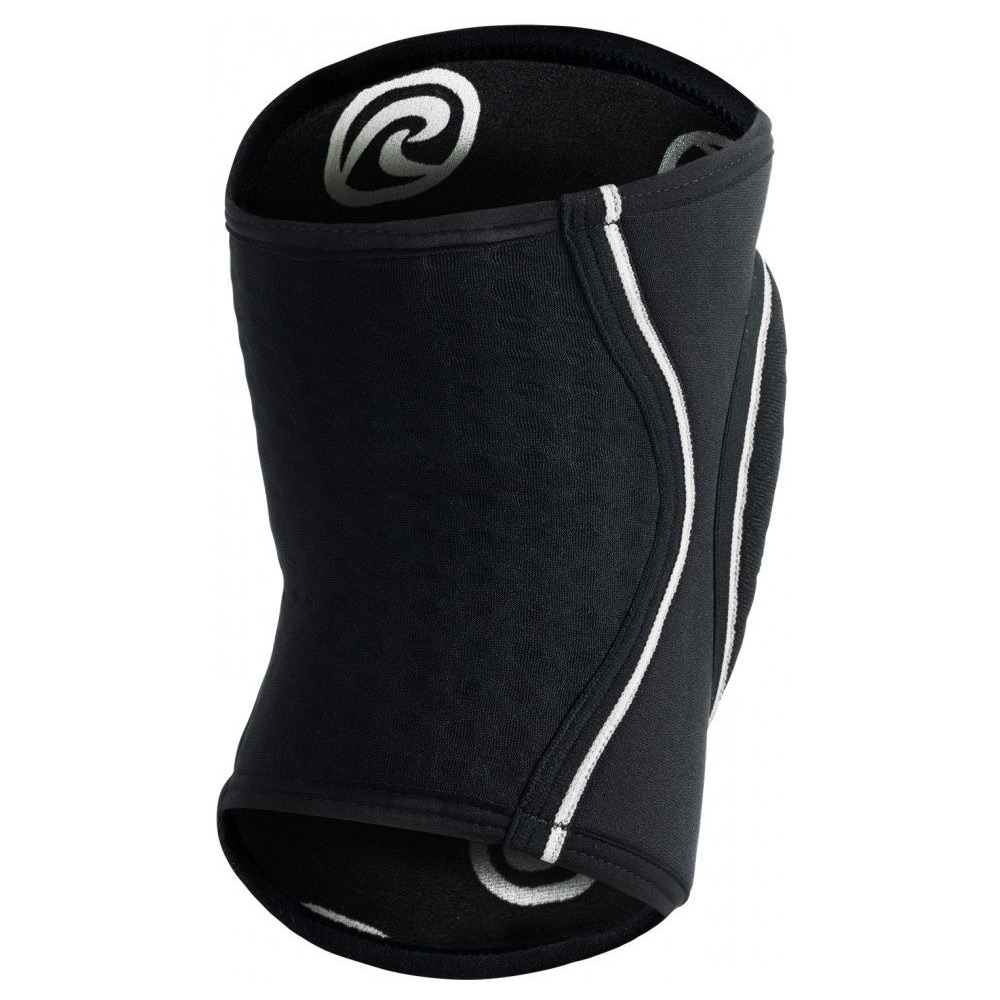
Rehband – PRN Knee Pad Jr 5mm Pair
€35.00
Select options -



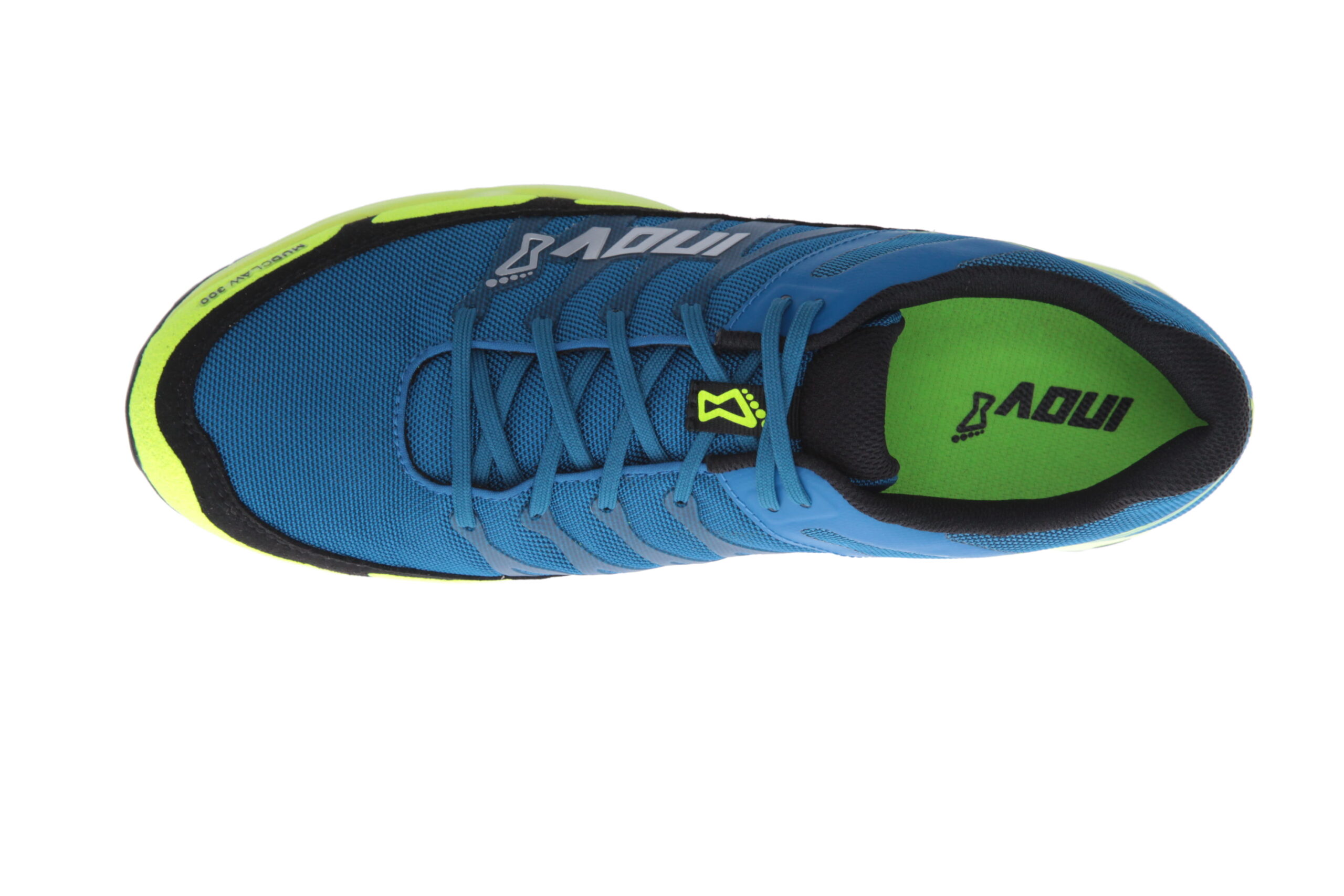

Inov8 – Mudclaw 300 – Women – Blue/Yellow
€135.00
Select options -




Adventure Food Pasta Carbonara
€5.95
Add to cart -





Naked®- Running Vest Man
€125.00
Select options -

Methialyn
€39.90
Add to cart -





Naked® – Running Vest – Women
€125.00
Select options -



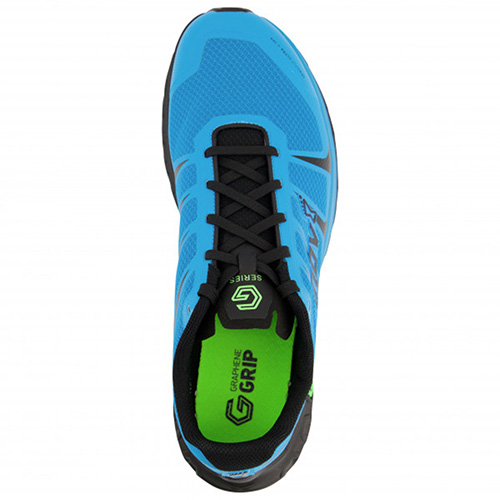

Inov8 – Trailfly Ultra G 300 Max – Men – Blue/Black
€195.00
Select options -

AquaTru Be O Bottle – Purple
€12.75
Add to cart -

AmazingAir 4-in-1 Air Purifier
€495.00
Add to cart -
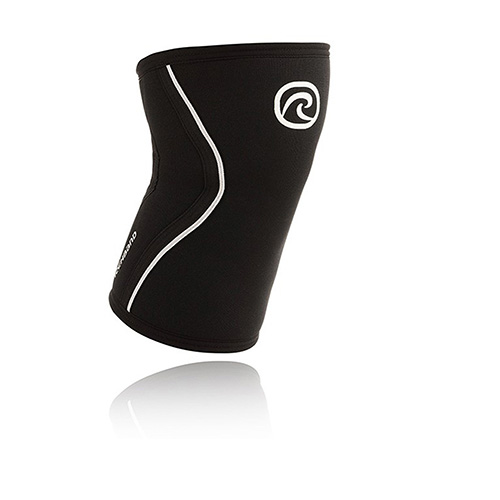


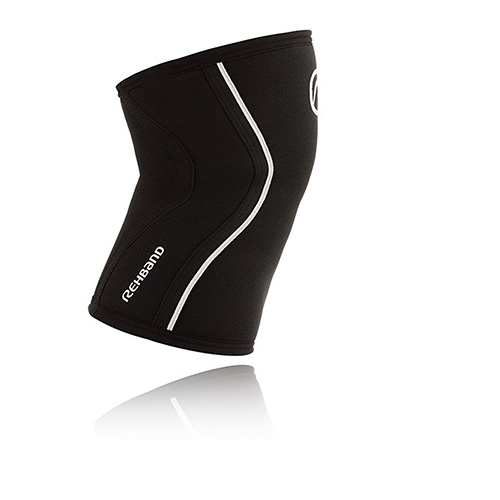

Rehband – RX Knee Sleeve 5mm
€30.00
Select options -





Compressport – Pro Racing Socks V3.0 Run Low
€16.00
Select options -
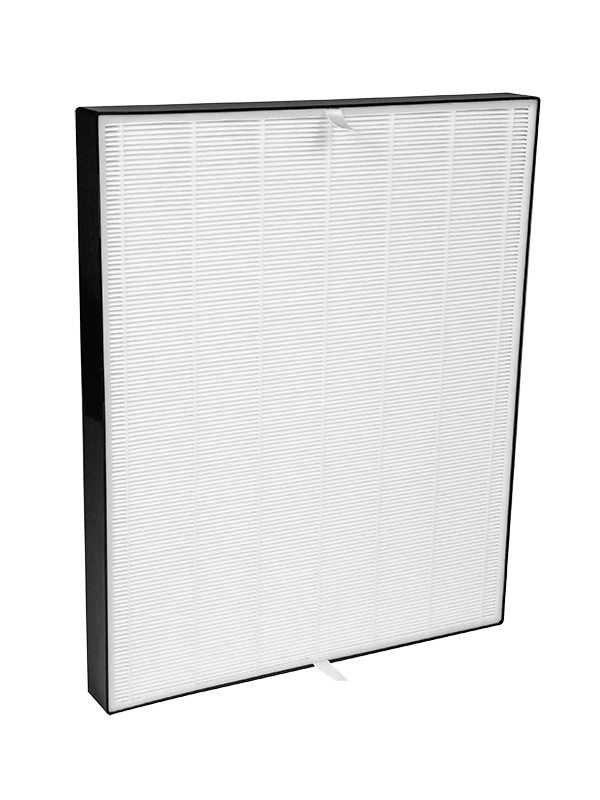
AmazingAir UltraHEPA Replacement Filter
€75.00
Add to cart -





Compressport Trail Racing Short Men
€70.00
Select options -



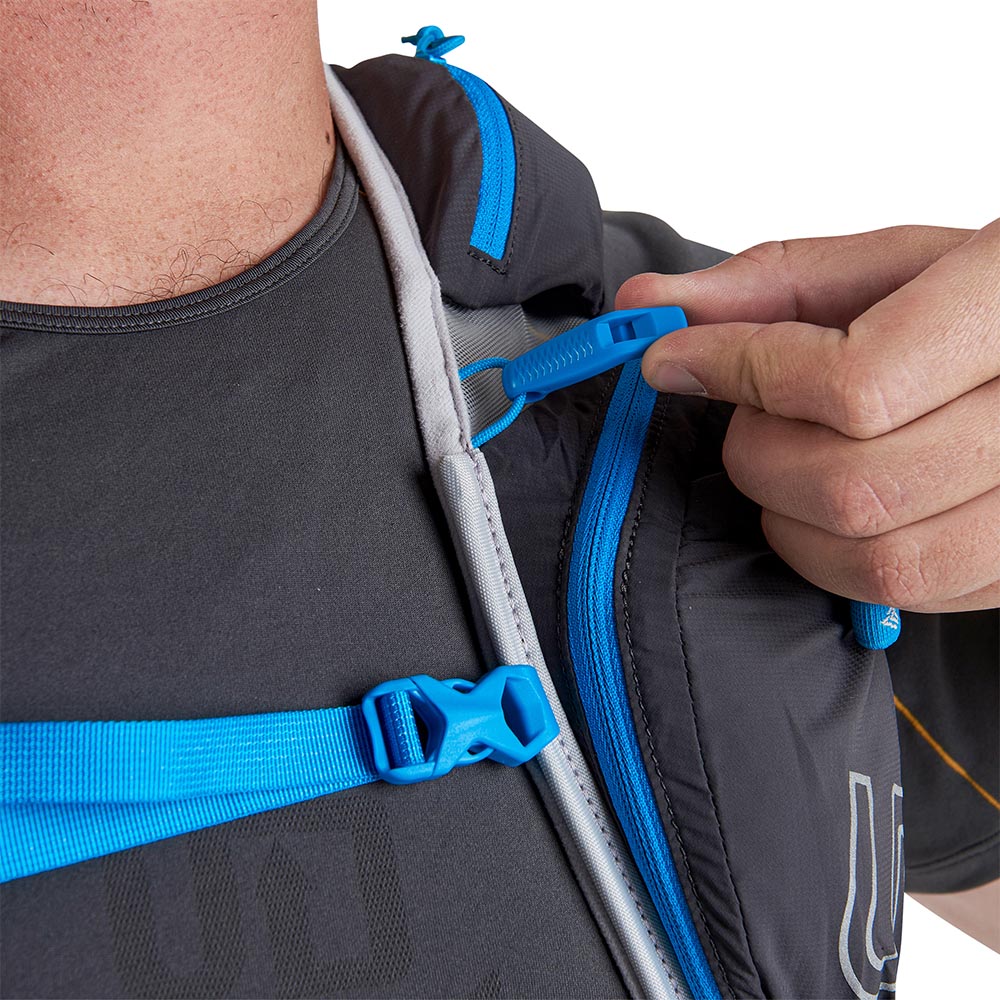

Adventure Vest – Night Sky (men)
€180.00
Select options -



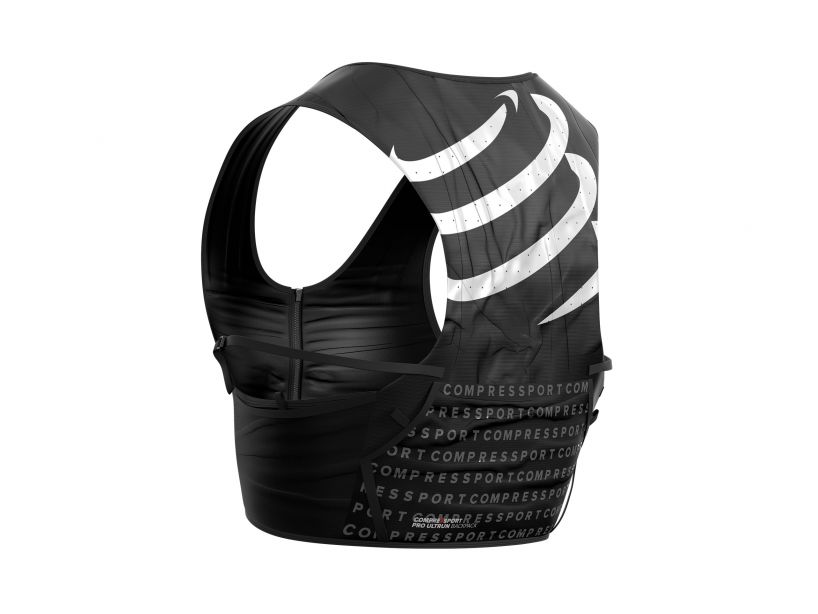
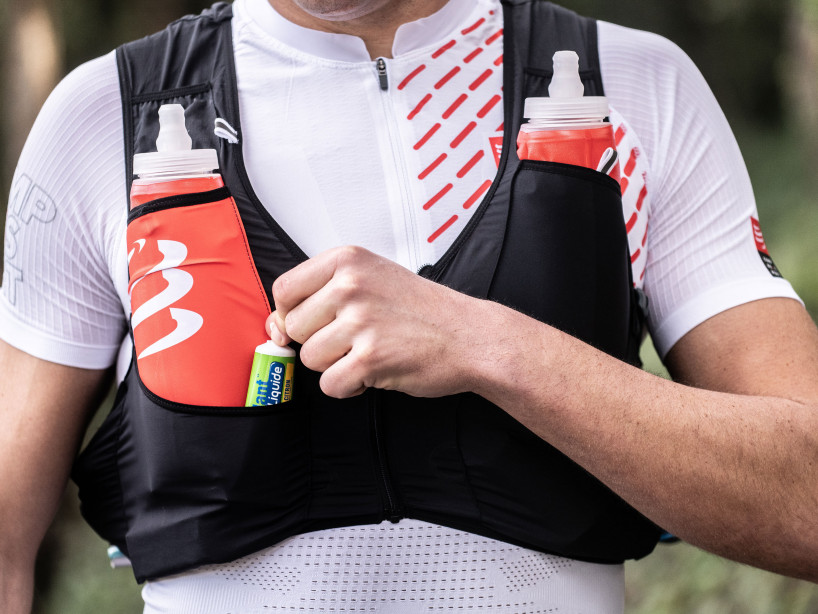
Compressport – ULTRUN S PACK BLACK
€160.00
Select options -





AquaTru Waterfilter-Complete Set
€349.00
Add to cart -





Inov8 – Oroc 270 – Men – Blue/Orange
€170.00
Select options -





Inov8 – 6″ Trail Short – Men – Black
€65.00
Select options -





Inov8 – Terraultra G 270 – Men
€170.00
Select options -





3D Thermo Ultralight Racing Hoodie – Black
€100.00
Select options -
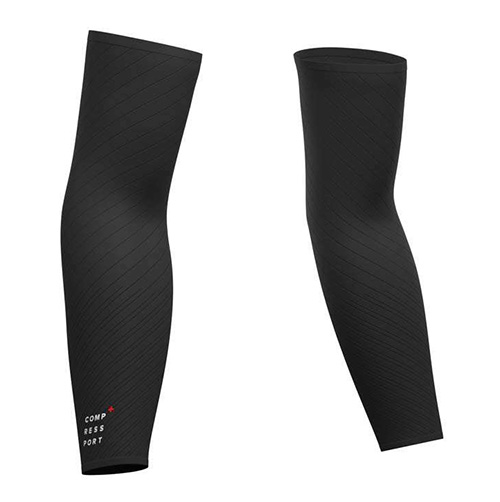
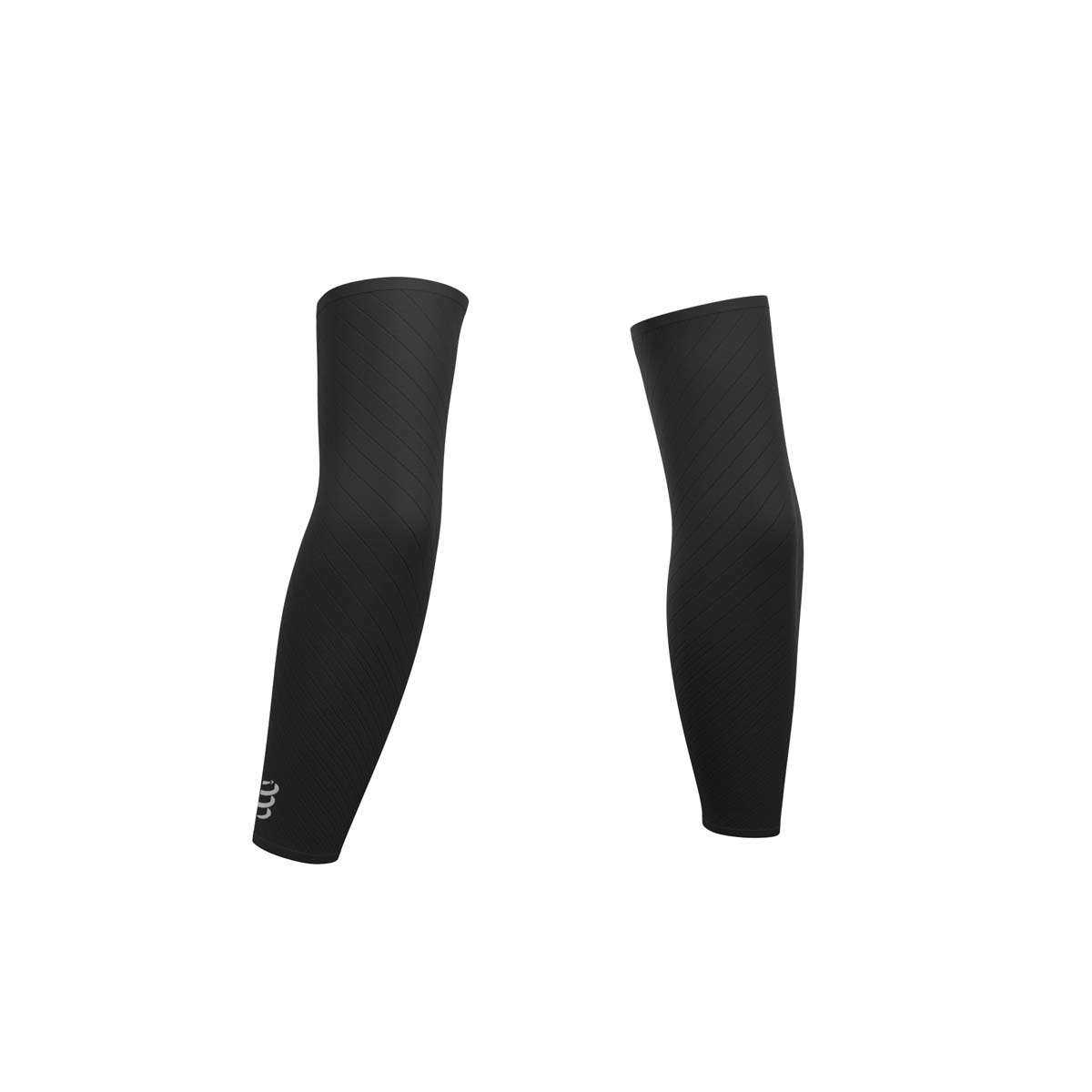

Compressport – Under Control Arm sleeves
€45.00
Select options -

Intricobal vitamine B12
€35.90
Add to cart -




Adventure Food Chili con Carne
€5.95
Add to cart -

AquaTru Be O Bottle
€12.75
Add to cart -

7M
€24.95
Add to cart -





Inov8 – Trailtalon 290 – Men
€150.00
Select options -

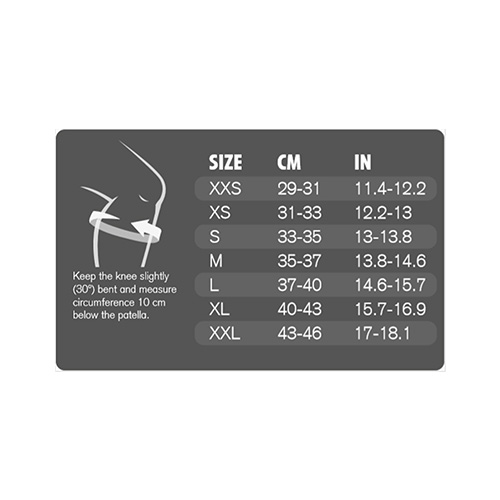



Rehband – RX Knee Sleeve 3mm
€25.00
Select options -





Compressport – HURRICANE WATERPROOF 10/10 PANTS
€140.00
Select options -



Compressport – Pro Racing Socks V3.0 Run Low
€16.00
Select options -

Compressport – SEAMLESS PANTS
€85.00
Select options -




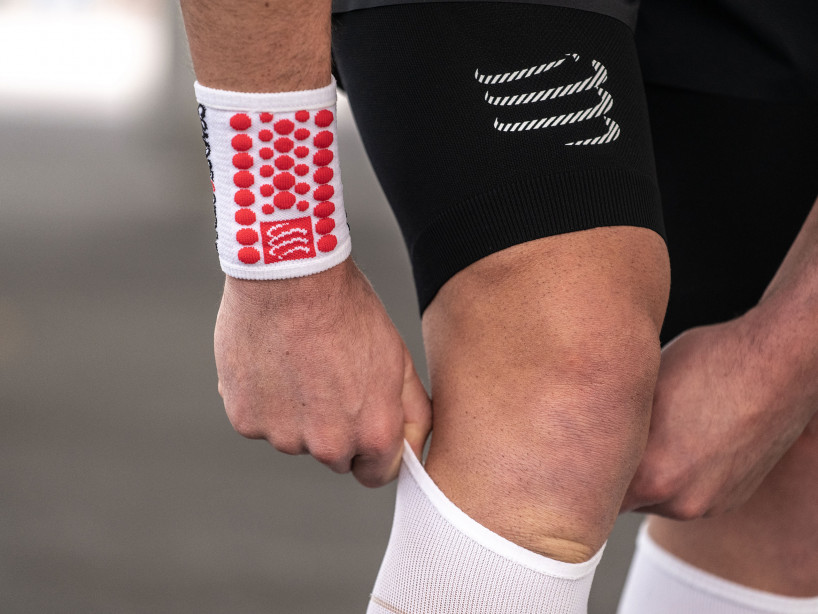
Compressport – Sweatbands 3D.Dots – One Size
€10.00
Select options -

Compressport – R2V2 FLASH CALF SLEEVES
€40.00
Select options -





Inov8 – Roclite Pro G 400 GTX – Men – Black
€220.00
Select options -

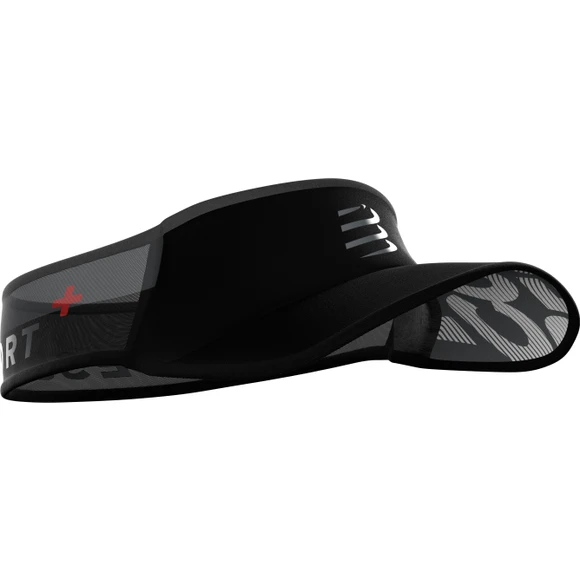

Compressport – VISOR ULTRALIGHT FLASH – One Size
€26.00
Add to cart -

AquaTru Reverse Osmosis Filter (3)
€55.25
Add to cart -

AmazingAir Replacement Filters – One Year Combo Pack
€175.00
Add to cart -

Vitamine C
€26.80
Add to cart -





COMPRESSPORT Trail 2-In-1 Short -Black
€80.00
Select options -
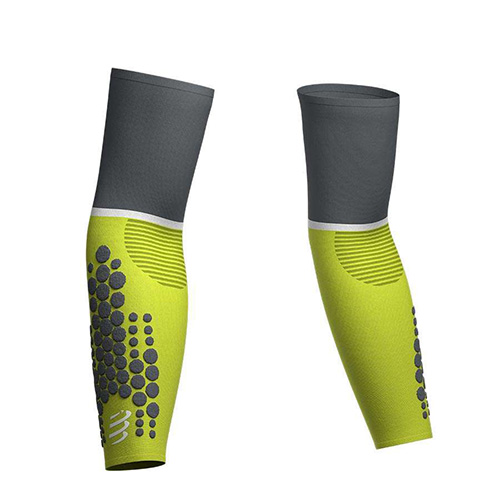
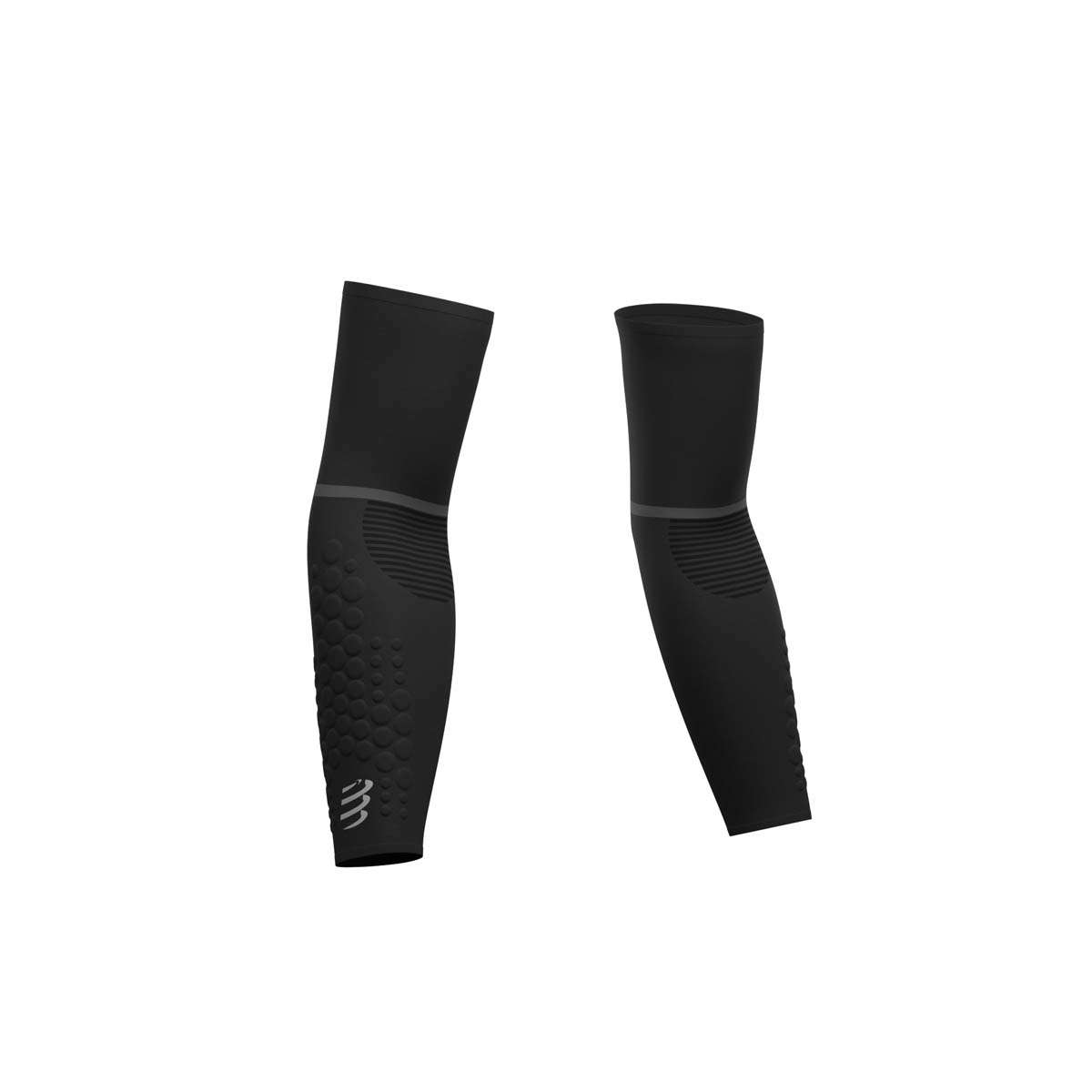


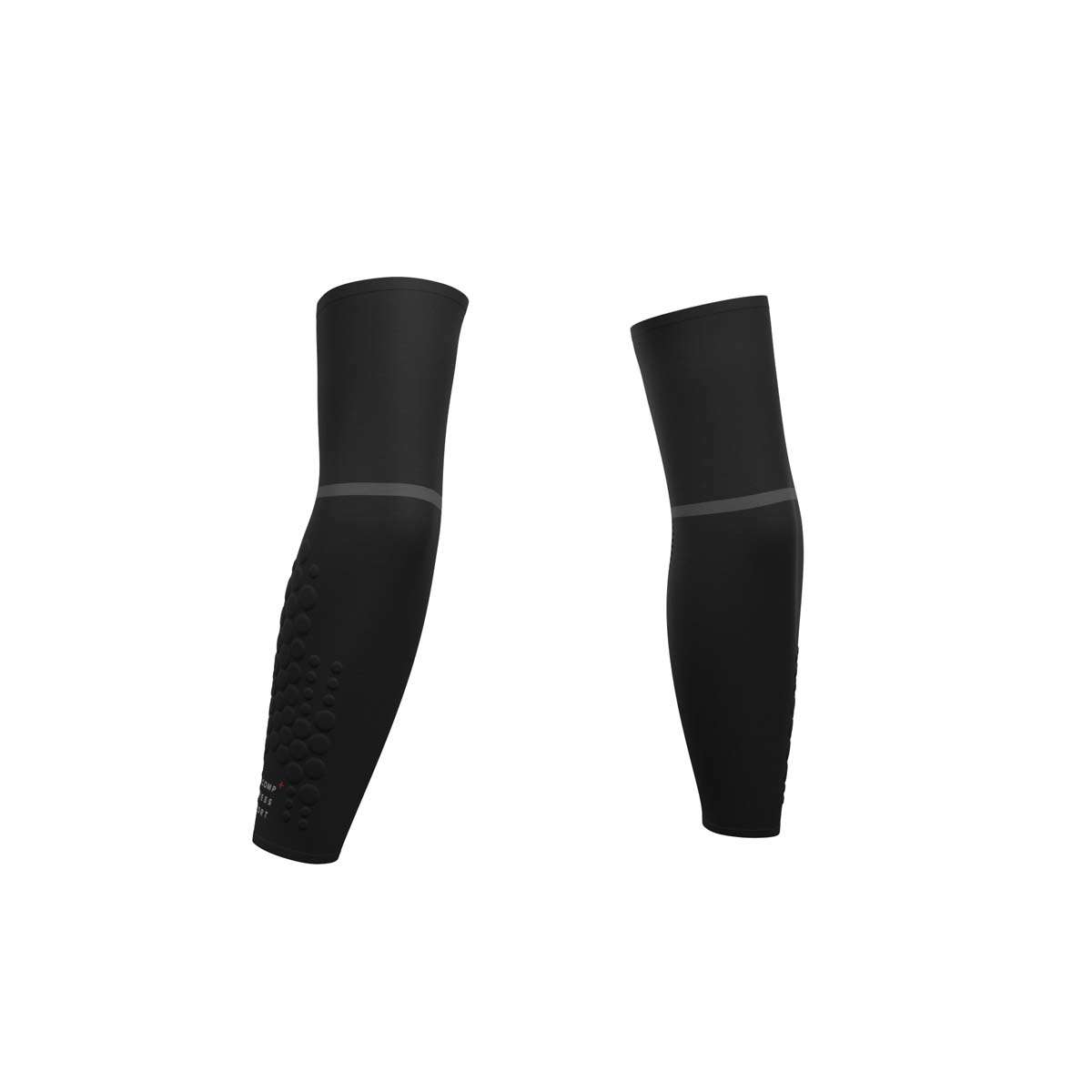
Compressport – Armforce Ultralight
€30.00
Select options -

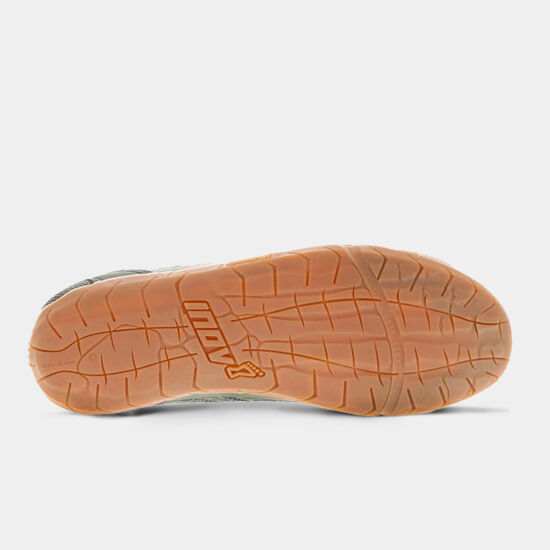



Inov8 Bare-XF 210 V3 Men Black/Gum
€145.00
Select options -





Adventure Vesta – Night Sky (women)
€180.00
Select options -

Vitamine D3+K2, Omarin
€35.90
Add to cart -




Adventure Food Scrambled Eggs
€5.95
Add to cart -





Trail Postural SS Top – Black
€100.00
Select options -





Performance Short – Black
€50.00
Select options -




Adventure Food Veggie Couscous
€5.95
Add to cart -




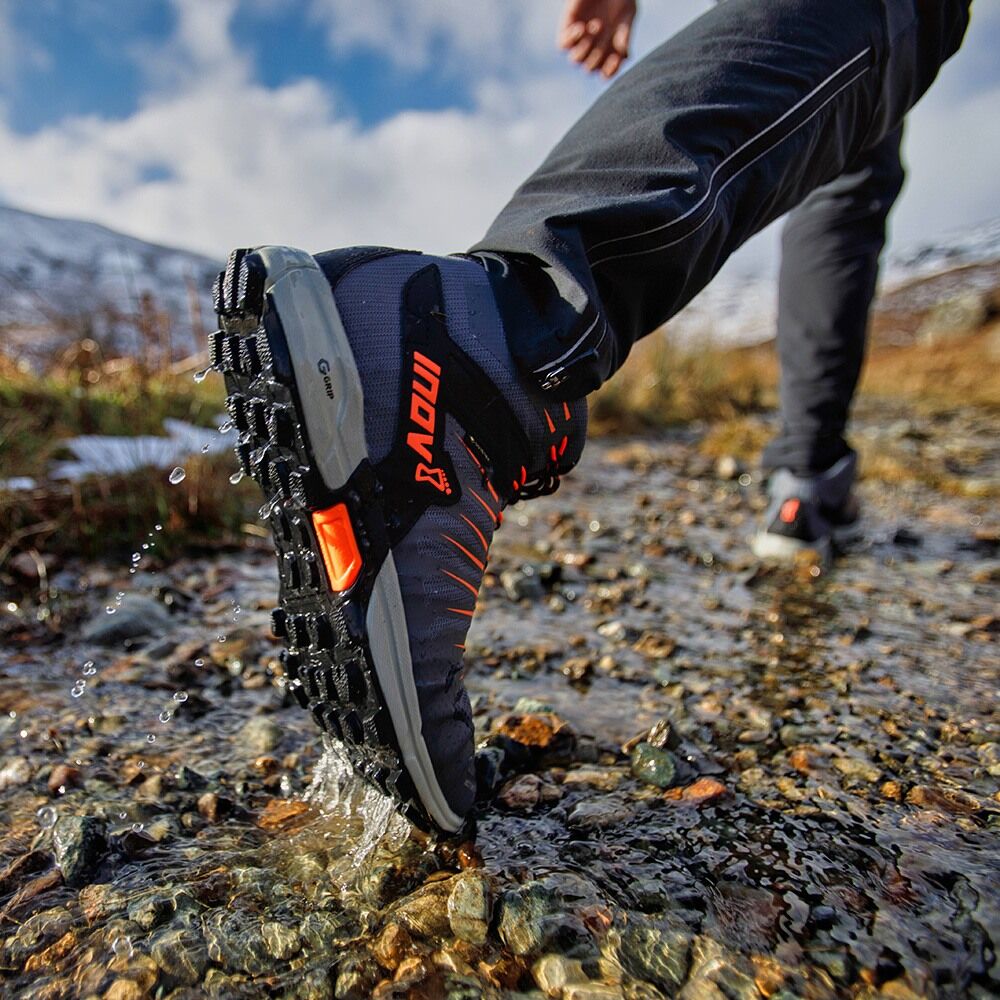
Inov8 Roclite 345 GTX Men Black
€150.00
Select options -

AmazingAir Carbon/Gas Trap/VOC Replacement Filter
€65.00
Add to cart -

Zinargin
€29.70
Add to cart -





Compressport – Full Socks Run
€40.00
Select options -
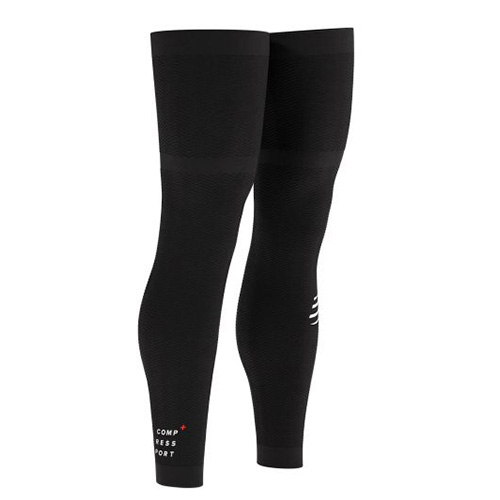


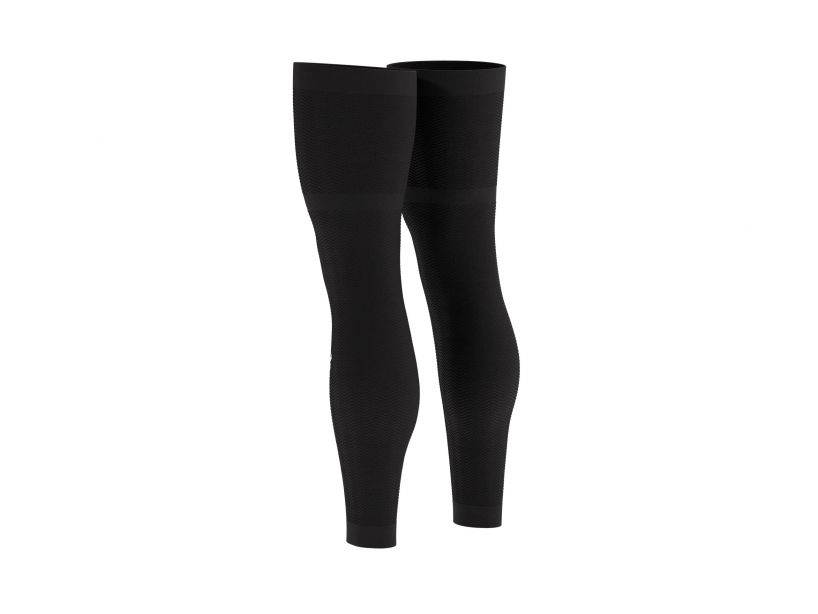

Compressport – FULL LEGS COMPRESSION LEG SLEEVES
€95.00
Select options -




Adventure Food Chicken Curry
€5.95
Add to cart -
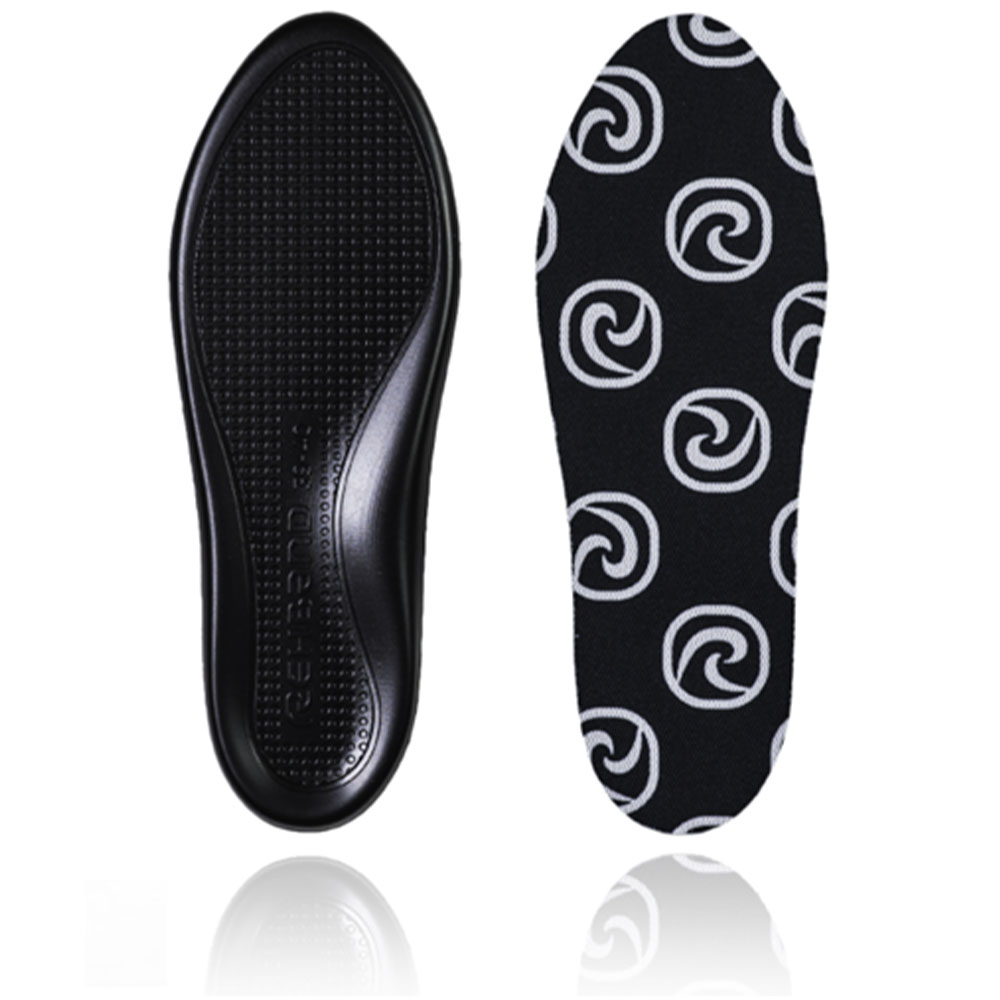
QD Gel Insole
€28.00
Select options -



Inov8 – Roclite 290 – Women – Purple/Pink
€140.00
Select options -

AquaTru Descaling kit
€21.25
Add to cart -





Inov8 – Oroc Ultra 290 – Men – Red/Black
€170.00
Select options -




Adventure Food Sate Babi
€5.95
Add to cart -

Inov8 – All Terrain Gaiter – Unisex – Black
€25.00
Select options -

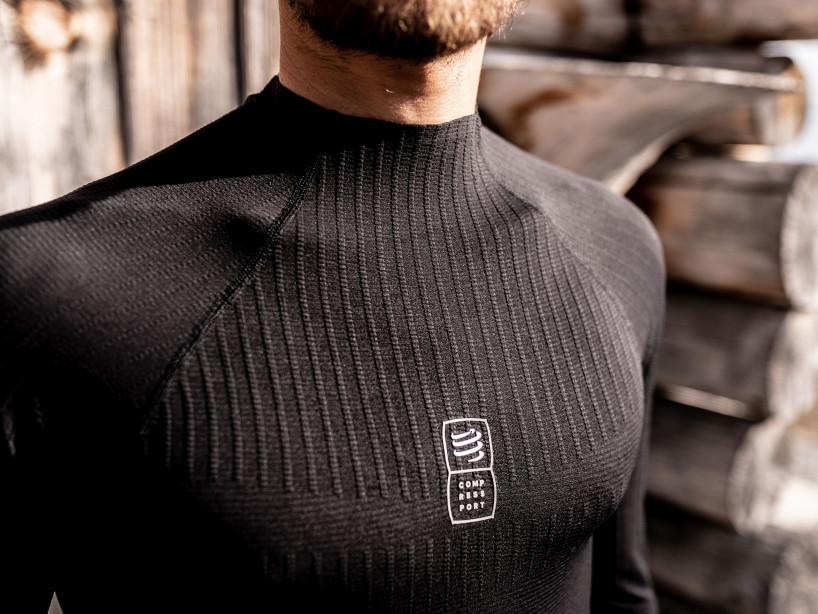



Compressport – 3D Thermo 110G LS Tshirt – Men
€110.00
Select options -





Naked® – Running vest
€80.00
Select options -




Adventure Food Pasta al Salmone
€6.50
Add to cart -



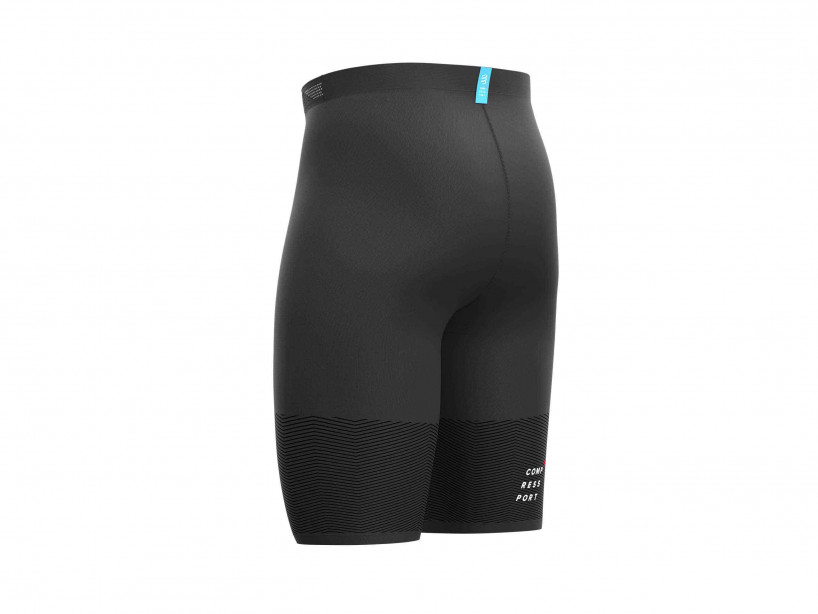
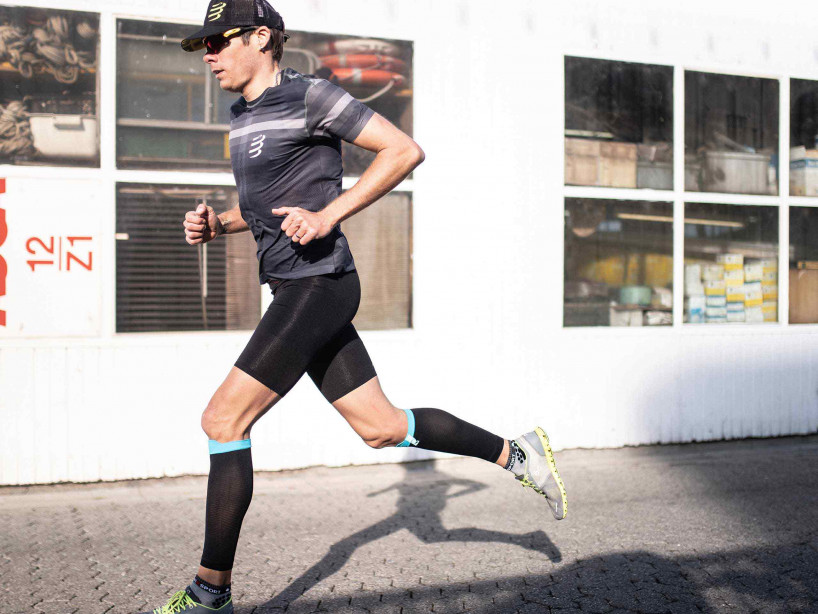
Run Under Control Short – Black
€85.00
Select options -





Scram – Charcoal (men)
€135.00
Select options -

Mucoperm
€47.90
Add to cart -



Inov8 – Trailpant M – Men – Black
€150.00
Select options -





Inov8 TrailFly Ultra 7″ 2in1 Short Men Black
€80.00
Select options -




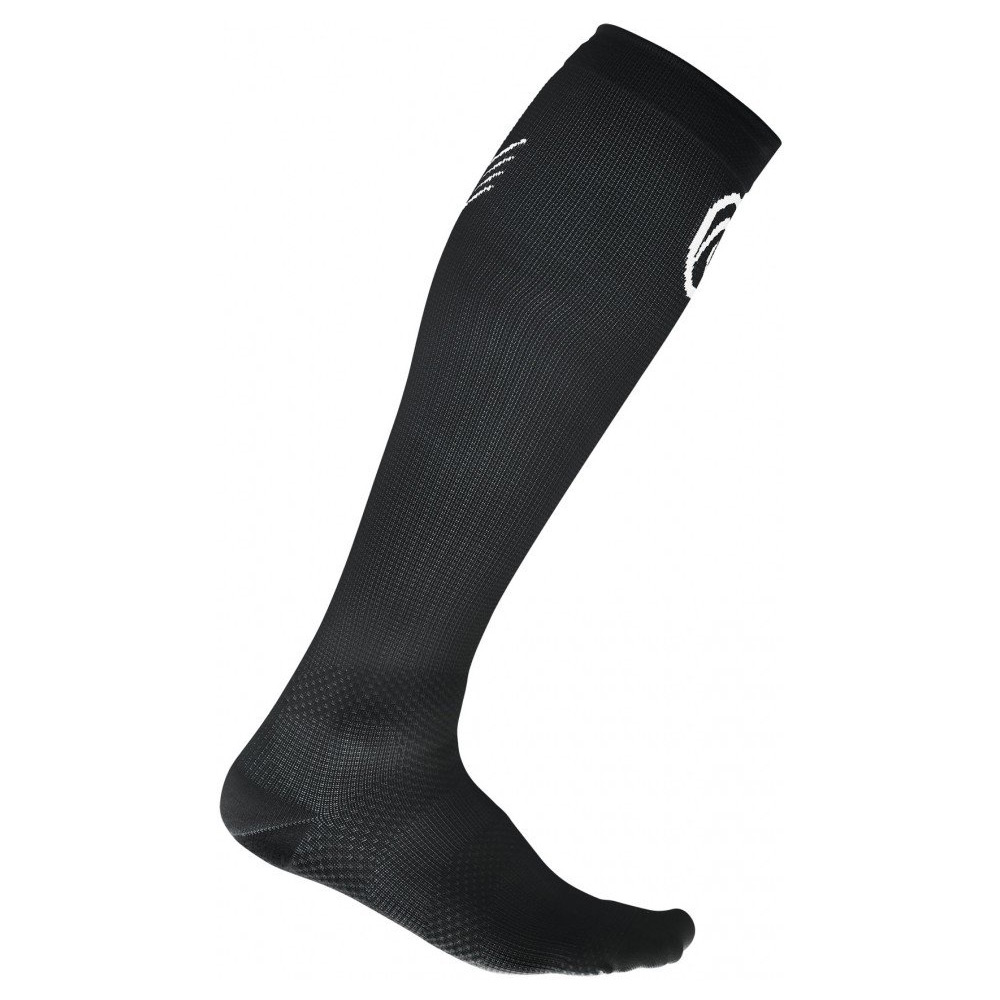
Rehband – QD Compression Socks
€35.00
Select options -





Rehband – X-RX Lifting Belt
€40.00
Select options -

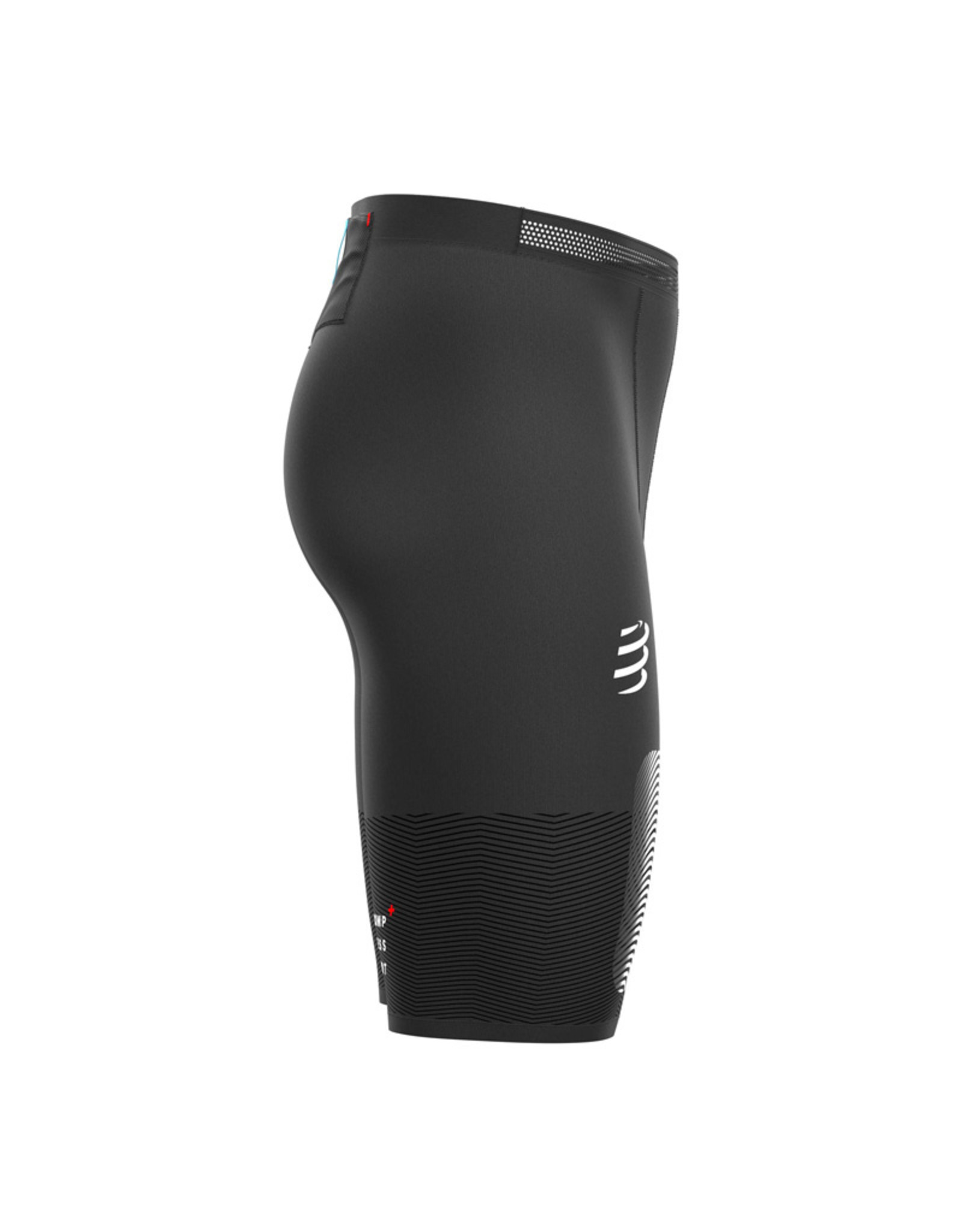

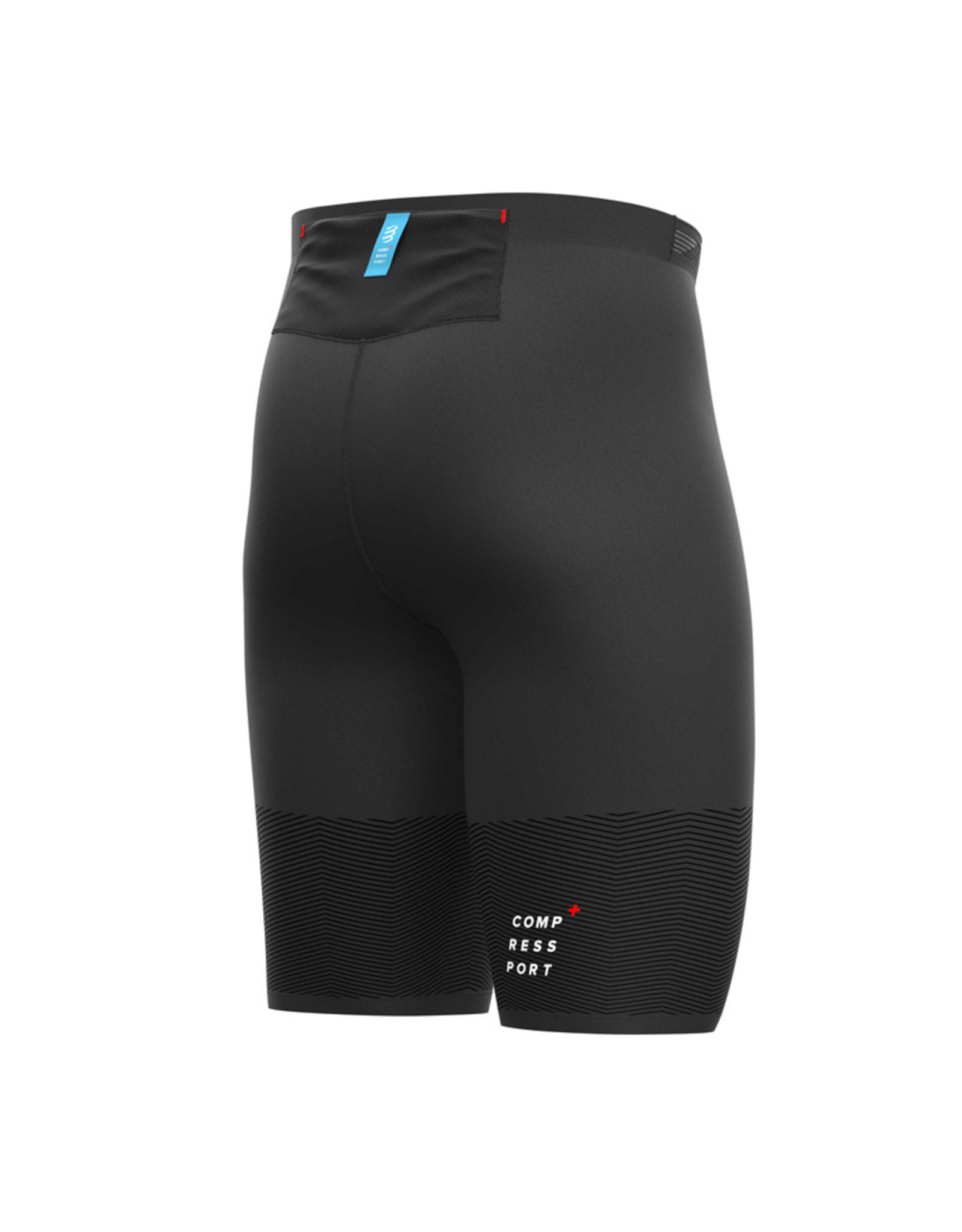

Trail Under Control Short -Black
€100.00
Select options -





Compressport – PRO RACING SOCKS V3.0 TRAIL
€16.00
Select options -

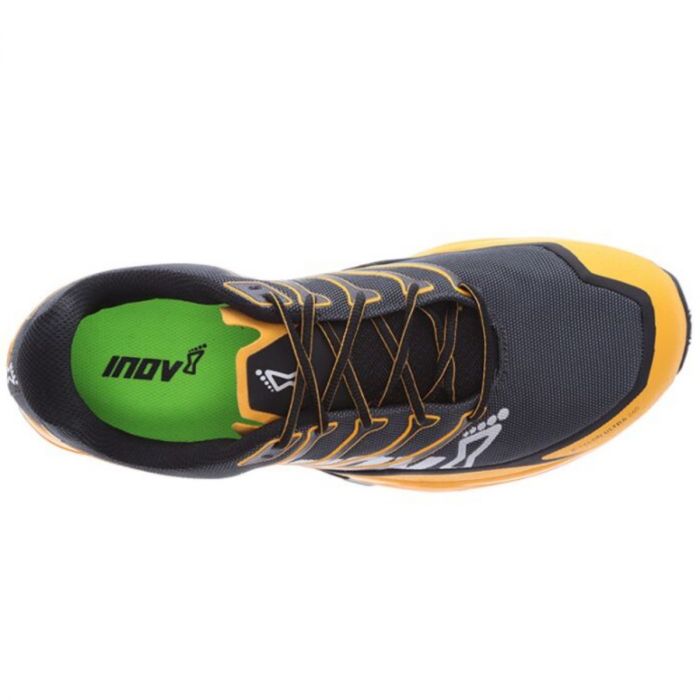

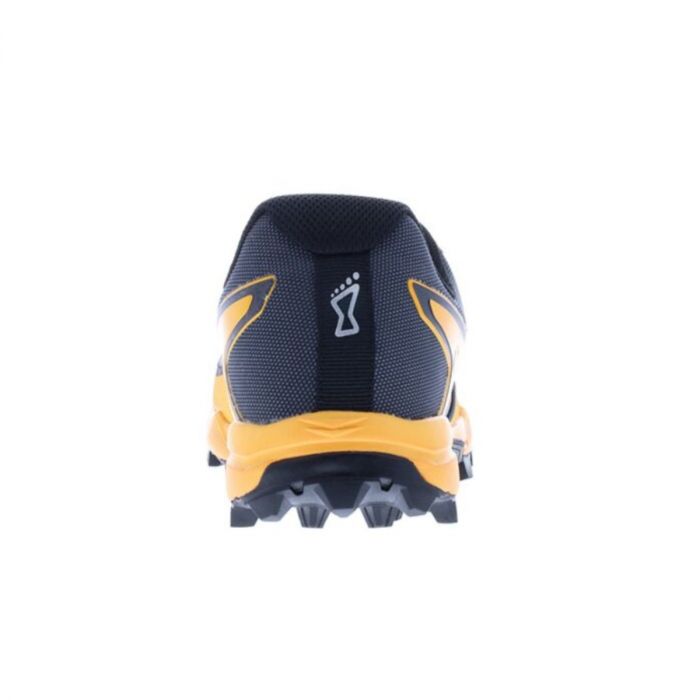

Inov8 – X-Talon Ultra 260 V2 – Men – Black/Gold
€150.00
Select options









